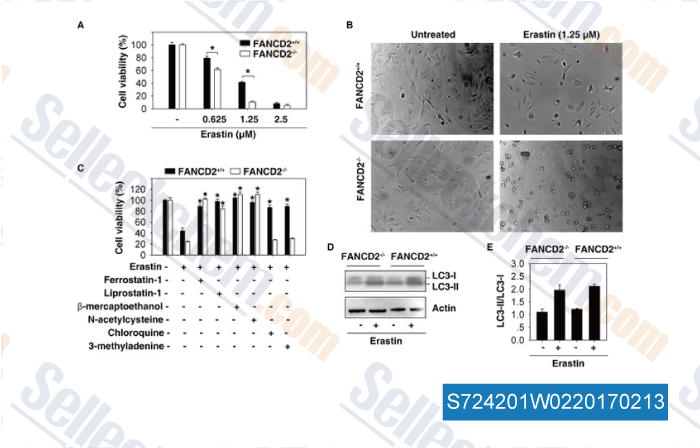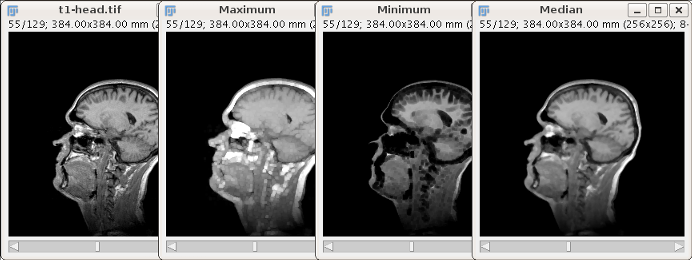

We’ll start with Adobe Photoshop as an example (you can find many references in the literature that include phrases such as “densitometry was carried out in Photoshop” in the methods section). All you really need in a program is a freehand selection tool and a way to measure the mean gray value inside the selection. The following document outlines some of those methods.įor a long time, the de-facto standard for analysis in labs that didn’t want to spring for multi-thousand $$ commercial densitometry software was Adobe Photoshop or one of the competing photo editing programs. Quantifying western blots without expensive commercial quantification software.Ĭomparing the intensity of bands on a Western blot can be done in a number of ways using software that is commonly found on lab computers or freely available for download.
#IMAGEJ SOFTWARE BAND INTENSITY HOW TO#
This is a tutorial on how to get measure intensities in an image both in Photoshop and ImageJ. It is duplicated here soley as a method to keep said information in the case the above site were to go down. I have very little experience using Scion Image but, when using the Gelplot Macro, I can only select the different lanes with the rectangular selection tool and the size of the rectangular selection has to stay the same for each lane.The following was taken from posted by Luke Miller on Wednesday, August 01, 2007. With results like the ones illustrated on the image, wouldn’t it be better to take into account the size (area) of the band and not only its intensity ? Here is an illustration of the results I get: Also if anyone can improve my described method, dont hesitate to do soĪnother one on western blot quantification and Scion Image (or ImageJ)… Next subtract the background value (area x mean intensity) from each of your band values (area x mean intensity)

I might be wrong, but in order to quantify your bands, youll need to multiply the mean intensity and the area together to get the number you want. Use care in making your ROIs and I'd experiment drawing ROIs and comparing the values you get from them until you think you can draw them properly and get an accurate measurement. Repeat this for all the bands you want to measure. Again youll get an area measurement, and a mean intensity measurement. Next, draw a ROI (region of interest) around a band that you want to measure and select analyze-> measure. This will tell you the background intensity of your image (mean), and also the area of your box Write these numbers down. Im sure this method is far from perfect, but It might work for youįirst draw a box in an area that has no bands and select analyze->measure. Ive never used scion image, but ithe pprinciple i suppose would be the same in any image program. I dont have any experience using photoshop to quantify the bands as well. We scan our films in grayscale and produce a 1200 dpi resolution TIFF file.ĭo not make a jpeg of your film, jpegs contain far less image data then tiff files. Just remember when you make a digital image of your film using a scanner, you need to create the highest quality image possible. This is a VERY rough way of doing it, but do give you some hints on the relative increase/decrease of expression. This way to don't have to take the box size into consideration)Ĥ) Then do, Image>Histogram and write down the Meanĥ) Then drag the box to the next band and repeatĦ) Finally, drag the box to measure the Mean from the Background, and subtract the number from all the others.ħ) Divide all the numbers with your reference number for the one set as 1 (or 100%) The quantification is all relative towards one band you put as 1 (or 100%).Ģ) Then do, Image>Adjust>Invert (this way, you invert the scale)ģ) Draw a box, which covers ONE band using the Marquee Tool (do the biggest band first, as the box HAS to be the same size all way through the analysis. Secondly, ALL the bands you want to compare have to on the same film. put it up against a piece of paper and see if you can read soem text through it.) Rule of thumb is you have to be able to see through the bands (i.e. First thing you have to do is get a GOOD exposure of your gel.


 0 kommentar(er)
0 kommentar(er)
